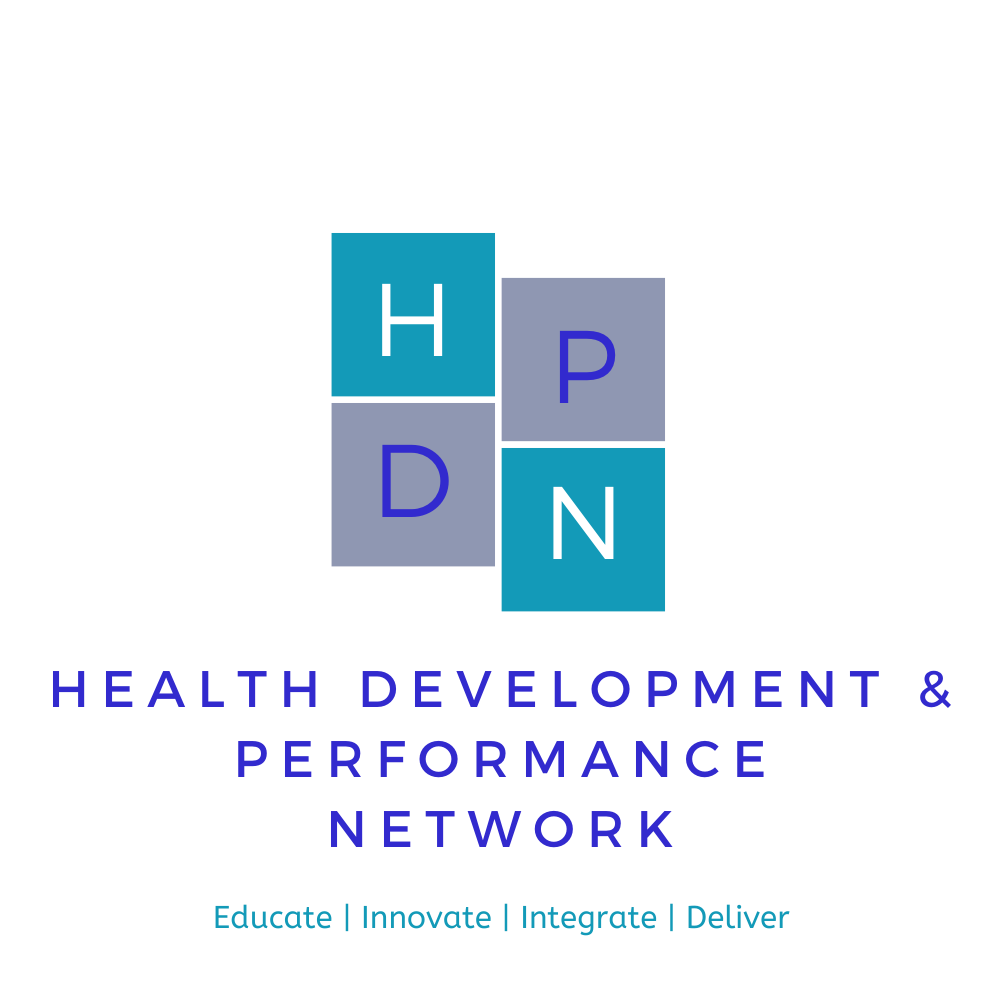
Posterior Tibial Tendon Dysfunction: What to do and when to do it
Recorded in 2025
Dr. Paul Harradine
🦶 Posterior Tibial Tendon Dysfunction (PTTD): A Conservative Management Approach
Member Discounts Apply
Understand. Intervene. Prevent Progression.
Posterior Tibial Tendon Dysfunction (PTTD) is one of the most common adult foot and ankle pathologies — affecting up to 10% of adults over 65, and around 3% of women over 40.
Left untreated, this progressive and disabling condition can lead to chronic pain, deformity, loss of function, and emotional burden. But with the right conservative strategies, PTTD can be managed effectively without surgery.
💡 What You’ll Learn
This practical and clinically focused webinar will guide you through the evidence-based conservative treatment options for PTTD, with clear strategies you can implement immediately in your clinical practice.
We’ll explore:
✅ How to identify and assess early signs of PTTD
✅ The role of foot orthoses and custom bracing
✅ Footwear modification and ankle-foot orthoses (AFOs)
✅ When to escalate, refer or adjust the treatment plan
✅ Multidisciplinary management strategies to improve long-term outcomes
🎓 Who is this for?
-
Musculoskeletal & Sports Physiotherapists
-
Podiatrists
-
Orthotists
-
GPs with a special interest in MSK
-
Rehabilitation professionals working with ageing or active populations
📌 Why It Matters
PTTD isn’t just a “foot problem.” It affects gait, balance, confidence, and independence.
As the condition progresses, so does the burden on the patient and the healthcare system.
This webinar equips you to take timely action, reduce the risk of progression, and offer your patients meaningful, evidence-based care — before surgery is ever needed.
🗓 Webinar Details:
14 days for non-members and members keep access for the LIFE of their membership
👉
Take your foot and ankle rehab skills to the next level.
CPD certificates included

